History Day 2014
Remembering Our Rural Roots:
Extension Services in Travis County
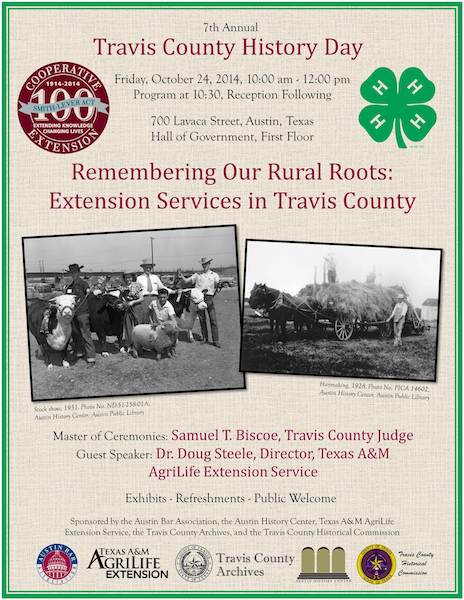
The 7th annual History Day was in celebration of 100 years of Extension Services in Travis County. Held on October 24, 2014, County Judge Sam Biscoe was the emcee, and Dr. Doug Steele, Director of the Texas A&M AgriLife Extension Service, was the guest speaker.
Travis County today hardly resembles the small community on the edge of the frontier it once was. Established in 1840, the county’s population at the time was mere 856 residents. This number grew rapidly in those early decades, and although the population of the city of Austin grew faster than the county, most residents lived in small communities outside the city. By 1890, Travis County’s population had grown to approximately 36,000 residents, less than half of which lived within the city of Austin.
Even though Austin’s population continued to grow, by the turn of the century the majority of the county’s residents still lived on farms or in smaller towns, and agriculture dominated the area economy. Such rural and agricultural-based communities were in mind when Congress approved the Smith-Lever Act in 1914, a federal law that established a nationwide cooperative extension service and provided for state-based agricultural services to benefit farms and communities. Extension services were essential in educating citizens and teaching skills in a variety of disciplines, to improve and enhance the quality of their lives.
Even as the population within Austin surpassed the number of residents living in the county’s outlying communities, and as Travis County gradually transformed from a rural community to an urban one, extension services played an important role in the development and betterment of Travis County and its residents. With programs such as 4-H, horticulture, agriculture and natural resources, family and consumer sciences, residents had access to valuable information and resources that helped improve lives.
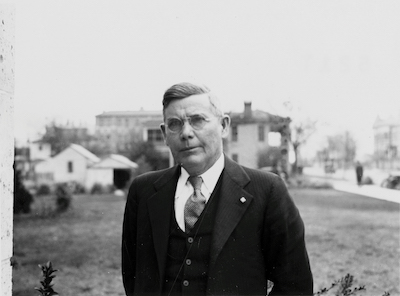

Photo No. AR 2000.025 (58), Austin History Center, Austin Public Library
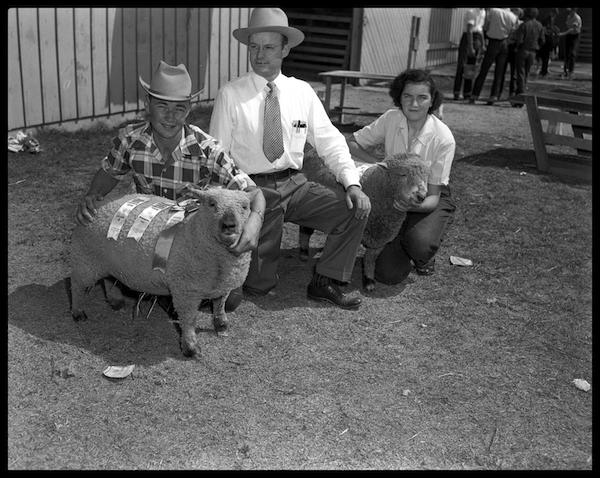
Photo No. ND-51-258a-02, Austin History Center, Austin Public Library

Photo No. AR.2000.025, Austin History Center, Austin Public Library
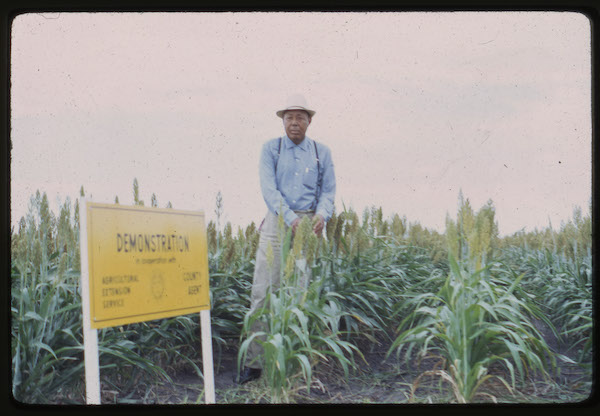
Courtesy of Texas A&M AgriLife Extension Service
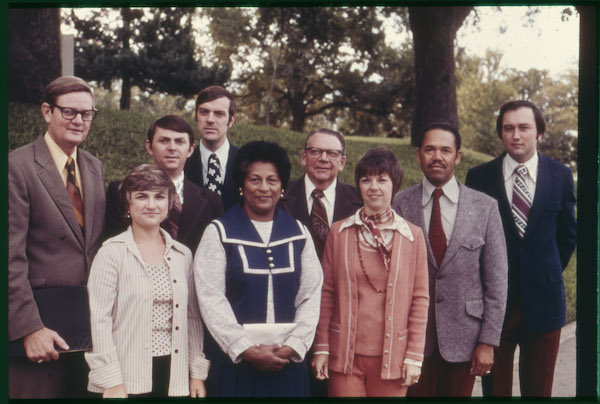
Courtesy of Ted Fisher

Texas Agricultural Extension Service Annual Report, 1974
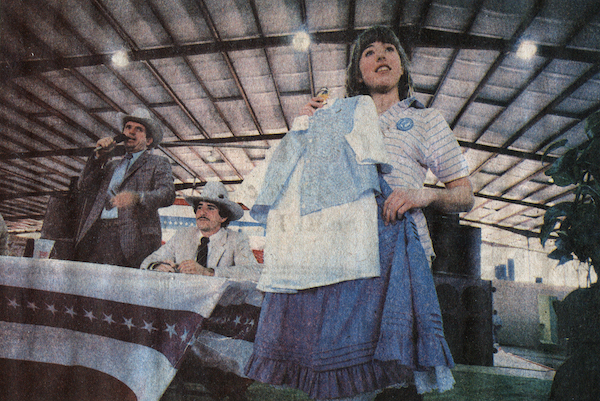
Photo courtesy of Amy Alexander Jarmon
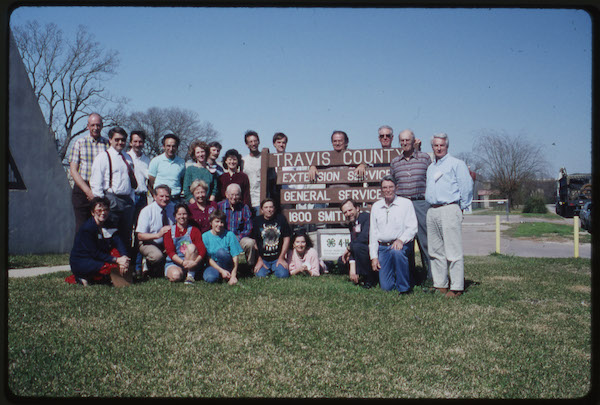
Courtesy of Ted Fisher
Recipe Cards
Try one of these Extension Service recipes and let us know what you think!




